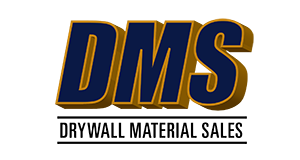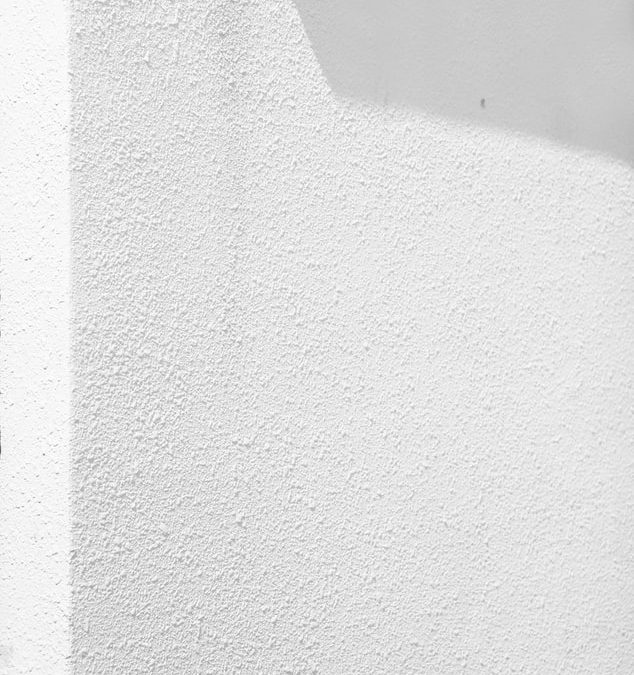You’ve probably heard the term “drywall” being called many different things: gypsum board, sheetrock, wallboard, and of course, drywall. So, what exactly is drywall and what is it used for? Well, drywall and essentially a panel made of gypsum with paper backings. Drywall has become increasingly popular because it is affordable, strong, easy to install, and it makes your walls look better by hiding imperfections. If you’re interested in using drywall for your project, you’ve come to the right place.
What to Use to Texture Drywall
If you’re a DIYer, you’ve probably handled a variety of drywall textures. But how do you know which type is right for your project? There are many kinds of drywall textures, including but not limited to the following:
- Joint compound texture,
- Paint textures, and
- Textured wall spray.
Each type of drywall texture is unique with its own set of benefits and challenges, so let’s go over the basics.
Joint Compounds
Joint compound is a drywall texture that is a very versatile substance. This kind of texture is easy to work with; if you accidentally apply too much or put it in the wrong place, you can simply wipe it off to fix it or restart. When getting your joint compound texture ready for use, make sure that the application area is clean and dry. After you clean your wall, check your texture for consistency: it should be thick, much like that of pancake batter. For application, use a trowel or a wide compound knife and dab a sponge into the compound, then press into the wall. If you want to use a different application method, feel free to try the below methods.
Skip Trowel Texture
Skip trowel texture has become a very popular drywall texture in most areas of the United States. To use this method of texturing, apply by hand using an angled knife with a steady hand. Since this method is a little more difficult and requires a more experienced hand, we recommend that DIYers use the knockdown method to create a similar look by using taping compound and a sea sponge roller. After applying your drywall texture, smooth the texture with a knife before the texture dries for a mottled appearance.
Stomp-Knockdown Texture
The stomp-knockdown method is much like the knockdown and skip trowel methods: the only difference is that you should use a brush to smack the compound on the wall instead of smoothing it. Be careful to not use a heavy hand on the corners and edges so as not to make the texture too thick. After application, let dry to create a stucco look.
Textures Made with Paint
Another type of texture you can use is one made of paint. Most paint manufacturers sell paint textures, so you can simply call your local paint store or contact our team at DMS for a recommendation. Although this might seem like the most appealing option, keep in mind that paint texture is difficult to maneuver once applied, so it is important to work quickly and precisely. To apply textured paint, use a paint roller and brushes along with paint texture additives, which can be added to any type of regular paint.
Textured Wall Sprayer
The last type of drywall texture that we recommend using is textured wall sprayer. Textured wall sprayers are often used with the intention of applying textured walls to multiple rooms rather than just one. In order to get the ideal texture of your choice, make sure to pay attention to the type of compound, nozzle, and the amount of air used to guide the mud. Due to the spraying of texture in your home, we highly advise you to cover all furnishings and floors so as not to get any texture on them.
Unconventional Tools/Methods
If you do not have the proper tools to apply your drywall texture, don’t worry- there are a few unconventional tools and methods that you can use if you don’t want to purchase tools such as:
- Tissue paper,
- Rags, or
- A standard paint roller.
After you have successfully applied your chosen texture, be sure to let the surface completely dry before painting over it. If you fail to do so, you might have to strip the paint and re-texture.
Contact an Experienced DMS Team Member Today
Now that we have gone over each type of drywall texture, it’s time for you to decide which texture you want to use for your project. Remember, no type of texture is wrong or right for you! Mostly, this choice comes down to your style, preference, and what tools you have access to. If you are still unsure about what texturing you want, don’t hesitate to contact DMS to get more information from our experienced team. Good luck DIYers, we can’t wait to see the finished product!

